Back in 1942, Isaac Asimov introduced readers to the vast and complex world of Foundation, taking us to a far away future in which humanity had expanded its influence across the galaxy by way of an Empire that seemed certain that its rule would never end. That hubris would be challenged by the mathematician Hari Seldon, who had mastered the art of psychohistory, a branch of mathematics that allowed him to predict a dark future for the galaxy. This rebellion of thought would spark a confrontation between science and politics that would profoundly change the course of their history.
Even though Asimov’s Foundation has had an indelible impact on science fiction (influencing everyone from Frank Herbert, to Gene Roddenberry, to George Lucas), it has found very little success in transitioning from page to screen. At least until now. This brand new Apple TV Plus adaptation by David S. Goyer and Josh Friedman seems to be on the right track, capturing the mood and the spirit of the books while bringing to it action, emotion, and all the elements necessary to make it good “eye-sci-fi.”
In this Goggler exclusive, we speak to Foundation creator David S. Goyer to find out how he went about adapting the unadaptable.
Umapagan Ampikaipakan: So, the Asimov novels are deeply philosophical works and your series has a lot more action. A lot more. And I was wondering if you could speak to your process of growing this story. There was always a need to expand it, but were there any sacred cows? Was everything on the table?
David Goyer: Of course, there were sacred cows. At the end of the day, I had to identify the core elements that make Foundation, Foundation. The core characters. The themes. I presented those to the Asimov estate to make sure we were on the same page – that we were in agreement as to what makes Foundation, Foundation.
Even a cursory reader of the books will understand that it could never be a line for line adaptation. Asimov is also writing the books in the late forties, early fifties, and we live in a very different world now. A lot of the books were about philosophy, about ideas and dialectics. Most of the action happens off screen or in between sentences. This is a visual medium, so of course we were going to dramatize those events.
But beyond the action, the thing that I most wanted to do was to make it emotional. The books are not particularly emotional, and so I needed to come up with ways that these characters could embody the philosophy and the themes that Asimov was working with, and still connect on an emotional level.
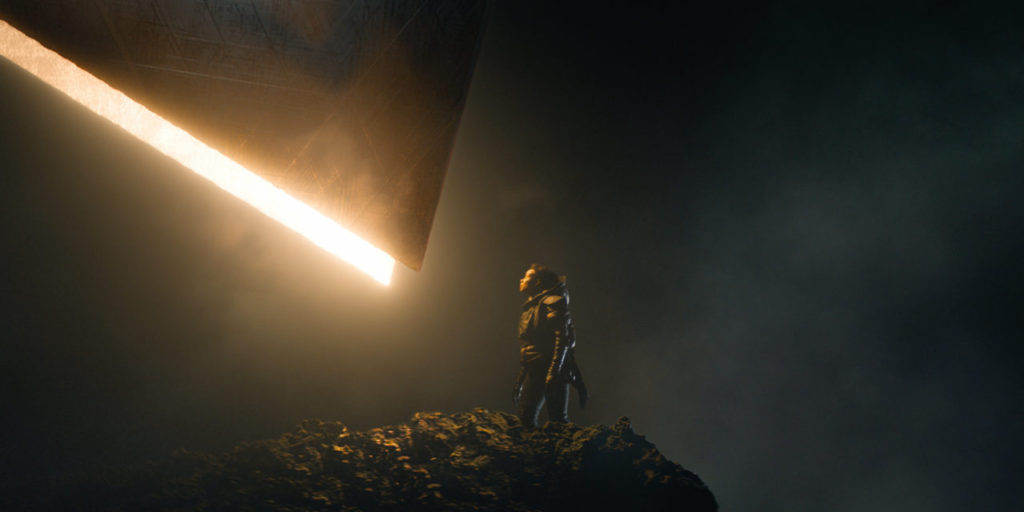
UA: When adapting something that is widely considered to be unadaptable, whether it’s The Sandman or Foundation, I’m curious as to whether there was a moment when you went, “oh, I’ve finally cracked it.”
DG: I would never be that presumptuous. But I think one of the differences between this attempt and prior attempts is that most of the prior attempts were movies. I myself was offered the opportunity to adapt Foundation twice before in my career, and I passed on it because I didn’t feel it could be condensed into two and a half hours, or even three films.
But with the advent of these big, novelistic shows that we’re seeing on streaming over the last five or six years, I felt that it might be possible. I think the medium and the audience have evolved to a place where an adaptation of Foundation was possible. So I had that advantage. And people on these big tentpole shows are spending more money as well.
But for me, the way in was always emotional. It was trying to figure out whether there was a way that some of these characters can last over the course of a thousand years. And that’s what led me to the genetic dynasty. So even though Cassian Bilton, and Lee Pace, and Terance Mann are playing different characters over the generations, and potentially over the different seasons, the audience is seeing the same face being represented as the empire.
That was a way in for me.
UA: As someone of Indian descent, I was convinced that Hari Seldon was Indian when I was reading the books as a kid. Which, let me tell you, excited me to no end. Was he not Indian? Did I get that completely wrong?
DG: It’s funny that you say that. A lot of people think that. They also called “Gale” “Goll.” But I asked the Asimov estate how these names should be pronounced. And Robin Asimov, Isaac’s daughter, said it was Harry and Gale. He wanted the names to look different, but to sound familiar, in this case, to an American or a Western audience at the time. But you’re not the first person that thinks “Harry” was pronounced “Hari.”




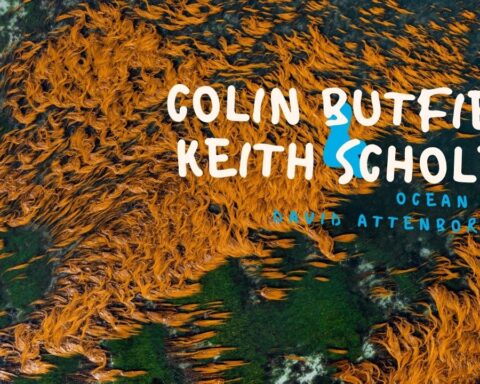
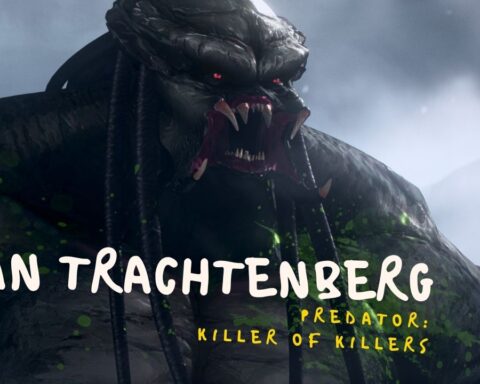

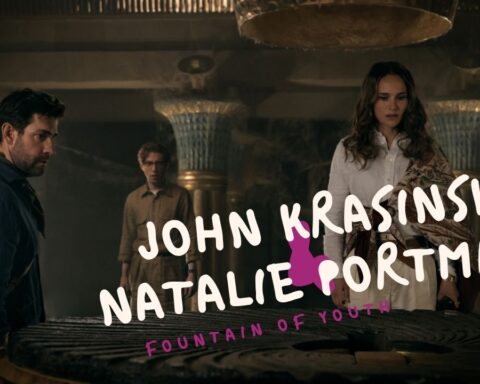
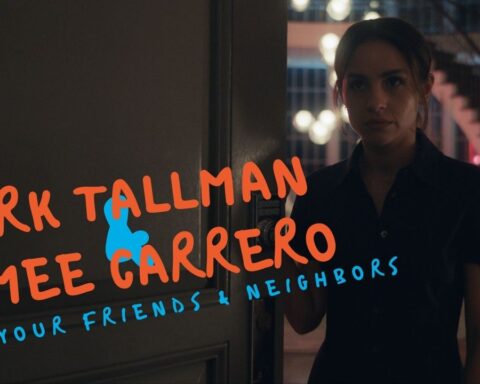
Follow Us